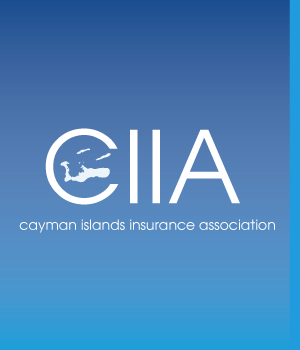The Resource Center provides a glossary of insurance terms to help you understand the various insurance wordings that may appear in your quotes, cover notes & policies.
Glossary of Terms
Health Insurance
Life Insurance
Property and Casualty
A B C D E F G H I J K L M N O P Q R S T U V W X Y Z
Second Opinion
It is a medical opinion provided by a second physician or medical expert, when one physician provides a diagnosis or recommends surgery to an individual. Individuals are encouraged to obtain second opinions whenever a physician recommends surgery or presents an individual with a serious medical diagnosis.
Second Surgical Opinion
These are now standard benefits in many health insurance plans. It is an opinion provided by a second physician, when one physician recommends surgery to an individual.
SHIC (Standard Health Insurance Contract)
The minimum health plan coverage that each person residing in Cayman must have. A SHIC plan provides (in Cayman dollars): $1,000,000 lifetime maximum; $100,000 per annum maximum (mostly available towards hospitalisation and inpatient or outpatient surgery, dialysis, chemotherapy and oncology radiation). Some other SHIC plan highlights are: $400 per annum for medical visits, labs/x-rays & prescriptions; $200 per annum for wellness services; $15,000 air ambulance; $5,000 emergency and $500 pre/ante-natal care.
SHIF (Standard Health Insurance Fees)
These are the highest amounts your health insurance company will pay a provider for the services you receive. In the Cayman Islands this is set by the Health Insurance Commission: a look-up tool of SHIF can be found at: dhrs.gov.ky – then click on HIC and Standard Fees. Providers may charge you higher than the SHIF and can bill the patient for the additional amounts; thus you are encouraged to verify charges and coverage levels before services are rendered.
Stop-loss
The dollar amount of claims filed for eligible expenses at which point you’ve paid 100 percent of your out-of-pocket and the insurance begins to pay at 100%. Stop-loss is reached when an insured individual has paid the deductible and reached the out-of-pocket maximum amount of co-insurance.


